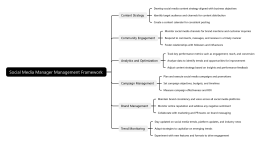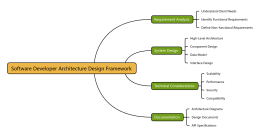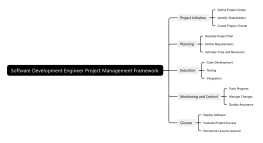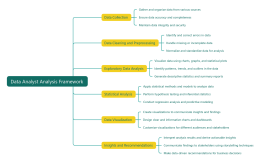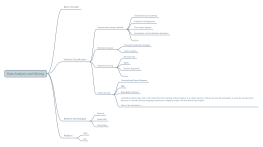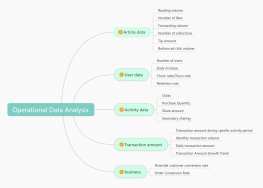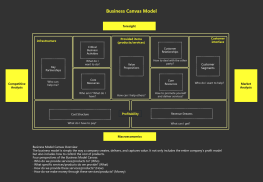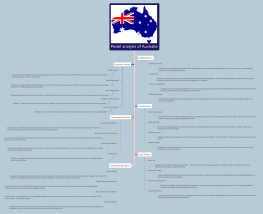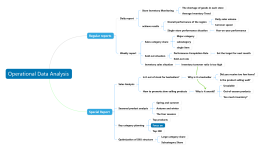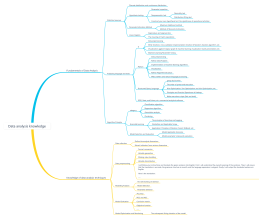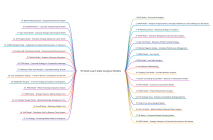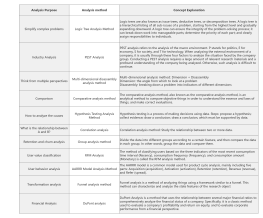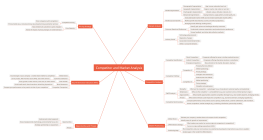Data Analysis Framework
2024-07-24 08:55:45 0 Report
Login to view full content
Other creations by the author
Outline/Content
Data Collection
Identify relevant data sources
Collect data using appropriate methods and tools
Ensure data accuracy, completeness, and consistency
Data Preprocessing
Cleanse and transform raw data
Handle missing or erroneous data points
Normalize data and address outliers
Exploratory Data Analysis (EDA)
Summarize and visualize data distributions
Identify patterns, trends, and relationships
Conduct statistical analysis and hypothesis testing
Modeling and Prediction
Select appropriate modeling techniques (e.g., regression, classification)
Train and validate predictive models using available data
Evaluate model performance and adjust parameters
Interpretation and Reporting
Interpret model results and insights
Communicate findings through reports and presentations
Provide recommendations based on data analysis
Data Governance and Compliance
Ensure data privacy and security
Comply with relevant regulations and policies
Establish data governance practices for responsible data use
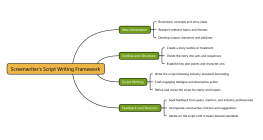
Collect
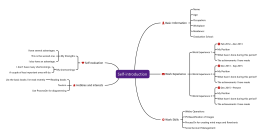
Collect

0 Comments
Next page
Recommended for you
More
